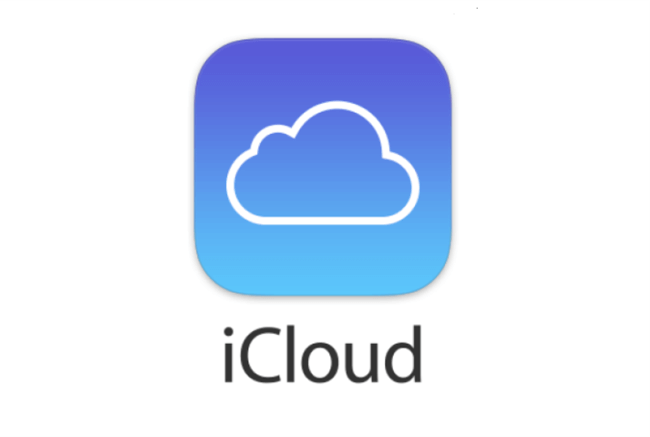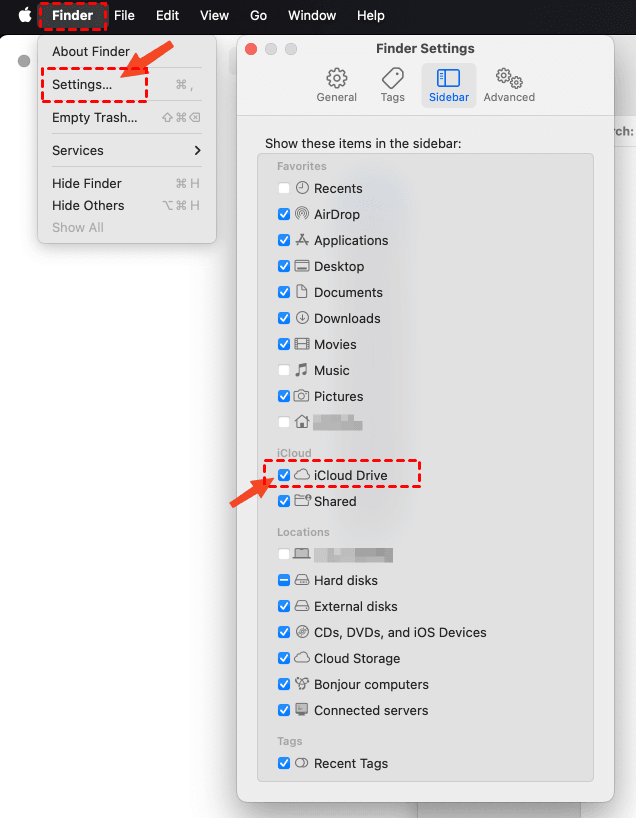Facing icloud drive not showing in finder or icloud drive not visible in mac finder? Our detailed guide offers easy solutions and troubleshooting steps to resolve these issues swiftly.

Are you annoyed that Finder does not display your iCloud Drive? You're not by yourself. For Mac users, this is a regular issue that may be very unpleasant, particularly if you need to access your files quickly. But do not worry! In this post, we'll look at every potential reason why your iCloud Drive might be acting strangely, but more importantly, we'll provide you step-by-step directions on how to resolve the problems and get functionality back.

Let's look at the potential reason why iCloud Drive is currently invisible in Finder first. One way to solve problems effectively is to comprehend their underlying causes.
Finder does not display the iCloud Drive for a number of reasons. It can be the consequence of incorrect settings, synchronization issues, or outdated software. Often, a simple software update or configuration adjustment may resolve the problem.
Here are some of the most common reasons why iCloud Drive might be missing from your Finder menu:
Understanding these causes will prepare us for the solutions that follow.
Let's get started on the specific measures to resolve the problem. In order to make sure your iCloud Drive shows up in Finder once more, follow these detailed instructions.
The first step is to ensure iCloud Drive is enabled in Finder preferences.
1. Open Finder on your Mac.
2. From the dropdown menu that appears, choose "Preferences" or "Settings" after clicking on "Finder" in the upper-left corner of the screen.
3. The "Sidebar" tab can be found in the Preferences window.
4. Within the "iCloud" menu, look for "iCloud Drive".
5. Verify that the "iCloud Drive" checkbox is checked.

This simple step often resolves the issue. If it doesn’t, let’s move on to checking your iCloud settings.
Ensuring your Mac is correctly set up to use iCloud Drive is crucial.
These steps ensure that your system is set up correctly to display iCloud Drive.
If your iCloud Drive is still not visible, you may need to perform some further troubleshooting.
Occasionally, tiny problems may prevent iCloud Drive from appearing even after it has been enabled. This can be troubleshooted as follows:
1. Restart Your Mac: This simple step can resolve many minor issues.
2. Sign Out and Back In:
3. Reset Finder Preferences:
If basic troubleshooting doesn’t work, here are advanced steps you can try.
1. Update macOS: Ensure your Mac is running the latest version of macOS.
2. Check Network Settings: Make sure your internet connection is stable.
3. Reset NVRAM/PRAM: Sometimes resetting these can fix issues.
In conclusion, while iCloud Drive not appearing in Finder can be inconvenient, it is typically resolvable with a little simple investigation. You may restore your iCloud Drive in Finder and have seamless access to your files by first making sure your software is up to date, then verifying your settings.
A: Your iCloud Drive might not be visible in Finder for a number of reasons, such as misconfigured Finder options, software bugs, synchronization problems, or out-of-date macOS versions. Make sure that iCloud Drive is chosen in the Sidebar tab of your Finder preferences before proceeding.
A: Go to Finder Preferences, select the Sidebar tab, and make sure the iCloud Drive checkbox is checked in order to make your iCloud Drive accessible in Finder. Make sure iCloud Drive is enabled by checking your iCloud settings in System Preferences.
A: If you are unable to see iCloud Drive in the Finder sidebar, try restarting your Mac, logging out and back into your Apple ID, and resetting the Finder preferences. If these solutions don't work, try checking your network settings and updating your macOS.
A: Fixing the issue involves several steps:
A: It's possible that after an upgrade, adjustments or changes to settings have left iCloud Drive missing from your Finder menu. Verify that your macOS is up to date, restart your machine, then examine your Finder preferences and iCloud settings in order to resolve the issue.
A: Yes, an unstable or erratic internet connection could make iCloud Drive appear invisible in Finder. Make sure your internet connection is stable, attempt connecting to a different network, and restart your router if necessary to resolve connectivity problems.
In case of data loss, it's highly recommended to try the all-in-one multiple cloud storage manager - MultCloud, which allows you to migrate files between clouds smoothly, there is no need to download and upload manually. You can use it to sync, backup, and transfer files from one cloud to another cloud.
Besides, it supports over 40+ clouds and services, including Google Drive, Google Photos, OneDrive, Dropbox, OneDrive for Business, Box, Box for Business, ownCloud, pCloud, MEGA, MediaFire, iCloud Drive, iCloud Photos, and many more. So, why not give it a try now?